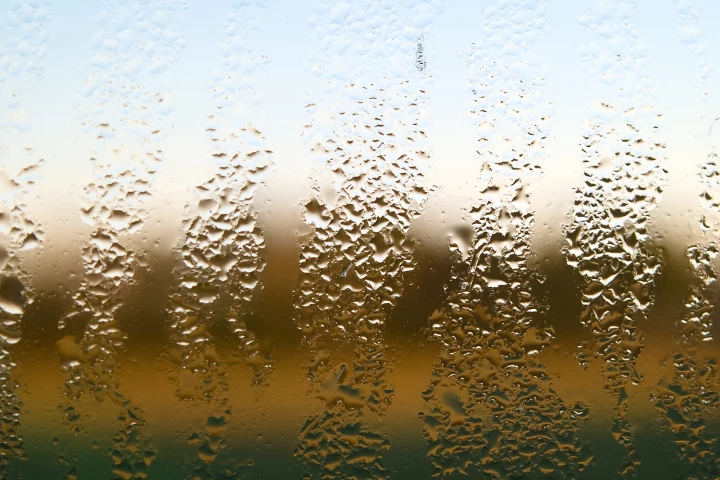Humidity
-
"It's not the heat, it's the humidity." That adage applies indoors as well as out, which is where an experimental new material comes in. It absorbs humidity within rooms, reducing the need to run power-hungry ventilation systems.
-
Helix Earth Technologies has repurposed a technology originally developed to filter air on spacecraft to develop a system that can be retrofitted to existing commercial air conditioning units and slash their energy usage.
-
It’s ironic that while many regions struggle with water shortages, there’s heaps of the stuff floating around in the air everywhere. A new MIT water harvester design can pull enough fresh water out of the air to meet the daily needs of several people.
-
Researchers have developed a product that reduces hair’s moisture-absorbing tendencies, maintaining frizz-free curls for at least six hours in high-humidity environments and even allowing them to bounce back thanks to its shape-memory properties.
-
Australian researchers have demonstrated a way to electrolyze hydrogen straight out of the air, anywhere on Earth. The Direct Air Electrolyzer absorbs and converts atmospheric moisture – even down to a "bone-dry" 4% humidity – without fresh water.
-
Australian company Strategic Elements says it's made a step-change breakthrough in self-charging battery technology that harvests electrical energy from humidity in the air to directly power devices without ever needing to plug them in.
-
Scientists have developed an advanced new type of humidity sensor inspired by camel noses that is capable of detecting low levels of water molecules in the air, giving it the potential to help find water sources in extreme environments.
-
It’s no secret that spider silk is one of nature’s most incredible materials. Now scientists have discovered a weird new ability. A team led by MIT has found that when exposed to a certain level of humidity, spider silk suddenly shrinks and twists, which could make it useful in artificial muscles.
-
A new study out of MIT suggests rising temperatures are causing energy shifts in Earth's atmosphere that are strengthening midlatitude storms, while weakening other important weather systems over North America, Europe and Asia.
-
Retractable sunshades have long been used to adjust the amount of sunlight an area gets during the day, but these are usually driven by motors. Taking inspiration from the humble pine cone, engineers have now developed a shading system that can open and close automatically – no electricity required.
-
Researchers at Jilin University in China have created tiny, simple "robots" that are powered entirely by moisture. Made out of sheets of graphene oxide treated with a flash of light, the team made a four-legged bug bot that crawled and a claw that closed in response to changes in humidity.
-
Germany's Fraunhofer Institute for Building Physics is creating what may be a solution to the dry air of airliner cabins, in the form of personal rings of moist air for each passenger.
Load More











